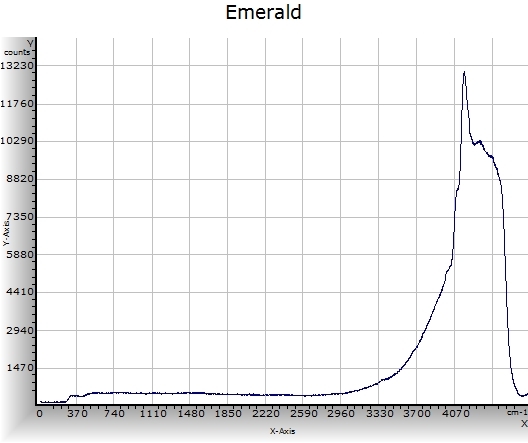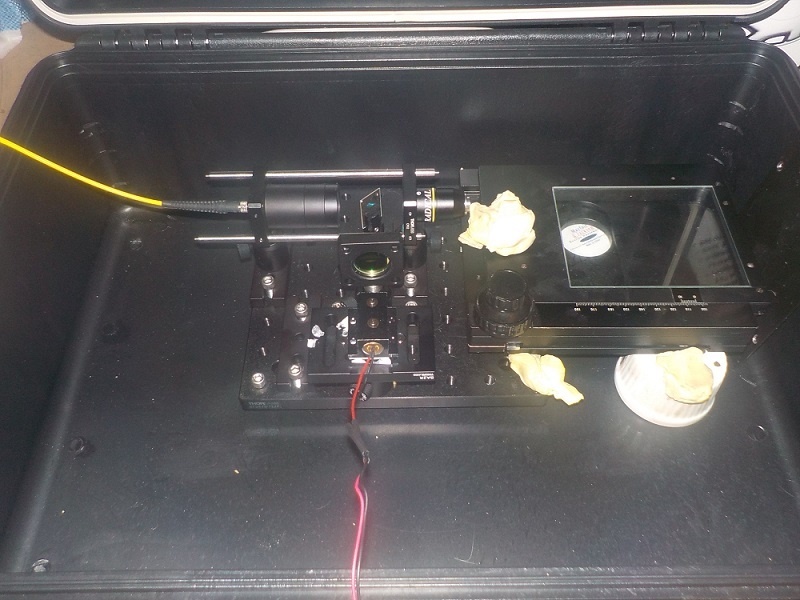Home PageAbout MindatThe Mindat ManualHistory of MindatCopyright StatusWho We AreContact UsAdvertise on Mindat
Donate to MindatCorporate SponsorshipSponsor a PageSponsored PagesMindat AdvertisersAdvertise on Mindat
Learning CenterWhat is a mineral?The most common minerals on earthInformation for EducatorsMindat ArticlesThe ElementsThe Rock H. Currier Digital LibraryGeologic Time
Minerals by PropertiesMinerals by ChemistryAdvanced Locality SearchRandom MineralRandom LocalitySearch by minIDLocalities Near MeSearch ArticlesSearch GlossaryMore Search Options
The Mindat ManualAdd a New PhotoRate PhotosLocality Edit ReportCoordinate Completion ReportAdd Glossary Item
Mining CompaniesStatisticsUsersMineral MuseumsClubs & OrganizationsMineral Shows & EventsThe Mindat DirectoryDevice SettingsThe Mineral Quiz
Photo SearchPhoto GalleriesSearch by ColorNew Photos TodayNew Photos YesterdayMembers' Photo GalleriesPast Photo of the Day GalleryPhotography
╳Discussions
💬 Home🔎 Search📅 LatestGroups
EducationOpen discussion area.Fakes & FraudsOpen discussion area.Field CollectingOpen discussion area.FossilsOpen discussion area.Gems and GemologyOpen discussion area.GeneralOpen discussion area.How to ContributeOpen discussion area.Identity HelpOpen discussion area.Improving Mindat.orgOpen discussion area.LocalitiesOpen discussion area.Lost and Stolen SpecimensOpen discussion area.MarketplaceOpen discussion area.MeteoritesOpen discussion area.Mindat ProductsOpen discussion area.Mineral ExchangesOpen discussion area.Mineral PhotographyOpen discussion area.Mineral ShowsOpen discussion area.Mineralogical ClassificationOpen discussion area.Mineralogy CourseOpen discussion area.MineralsOpen discussion area.Minerals and MuseumsOpen discussion area.PhotosOpen discussion area.Techniques for CollectorsOpen discussion area.The Rock H. Currier Digital LibraryOpen discussion area.UV MineralsOpen discussion area.Recent Images in Discussions
Techniques for CollectorsGeneral Raman Question

15th Sep 2015 14:22 UTCBob Rock
Bob
15th Sep 2015 16:35 UTCUwe Kolitsch Manager
Using a green laser on a red mineral usually is not good (possibly beam damage, poor spectrum), while a red laser on a red mineral will be ok. Biotite is notorious for giving poor spectra; you have to strongly turn down the laser power (down to 1% in cases) and use longer measurement times.

16th Sep 2015 02:33 UTCBob Rock

16th Sep 2015 02:43 UTCDoug Daniels

16th Sep 2015 10:49 UTCBob Rock
16th Sep 2015 16:13 UTCReiner Mielke Expert

17th Sep 2015 03:06 UTCBob Rock


20th Sep 2015 20:41 UTCHenry Barwood
How is your spectrometer configured?

21st Sep 2015 02:31 UTCBob Rock
A 532nm DPSS laser is directed towards a 542nm DRLP Dichroic beamsplitter. The beamsplitter reflects the laser into a 20x objective, which focuses the beam onto the sample. The Raman backscatter (and Rayleigh scattered light) is collected by the objective, passed through the beamsplitter, through a notch filter (to block the unwanted 532nm laser backscatter) into a plano-convex collecting lens fl 1inch. The collecting lens focuses the light into a 600um sma fiber cable. Finally, the signal is collected by a TEC cooled 532nm to 750nm spectrometer.
This is DIY Raman spectrometer V1.0

21st Sep 2015 02:48 UTCHenry Barwood

21st Sep 2015 05:08 UTCBob Rock

21st Sep 2015 17:19 UTCHenry Barwood

22nd Sep 2015 07:17 UTCBob Rock

22nd Sep 2015 13:38 UTCHenry Barwood




Mindat.org is an outreach project of the Hudson Institute of Mineralogy, a 501(c)(3) not-for-profit organization.
Copyright © mindat.org and the Hudson Institute of Mineralogy 1993-2024, except where stated. Most political location boundaries are © OpenStreetMap contributors. Mindat.org relies on the contributions of thousands of members and supporters. Founded in 2000 by Jolyon Ralph.
Privacy Policy - Terms & Conditions - Contact Us / DMCA issues - Report a bug/vulnerability Current server date and time: April 19, 2024 20:43:57
Copyright © mindat.org and the Hudson Institute of Mineralogy 1993-2024, except where stated. Most political location boundaries are © OpenStreetMap contributors. Mindat.org relies on the contributions of thousands of members and supporters. Founded in 2000 by Jolyon Ralph.
Privacy Policy - Terms & Conditions - Contact Us / DMCA issues - Report a bug/vulnerability Current server date and time: April 19, 2024 20:43:57














